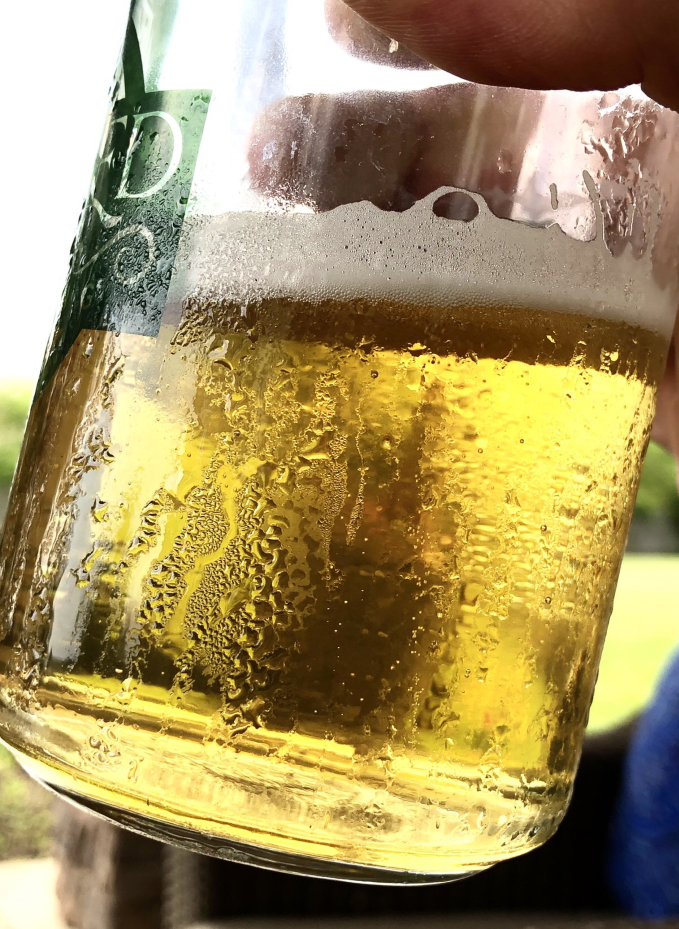Your advice is pretty spot on for a NEIPA. Really good advice for a NEIPA. Neipas are really good beers if that's what your intending to make.
After your first paragraph, I disagree with literally everything else you have to say if you are talking about a traditional IPA.
7.5 oz is perfect for a 5 gallon traditional IPA
Whirlpool is really popular for neipa and while some IPAs can benefit from it, plain ol flame out hops work great. Drop hop additions below 5 mins? No, No, No. Feel free to use them at 60, 45, 30, 15, 10, 5 or zero. There are more traditional timings, but any of those are fine. I'd encourage more in the 15 range. Hops can be and are useful for more than 60 min additions, whirlpooling and dry hopping. Again, NEIPAs are great beers, but please for the sake of history, do not confuse them with traditional IPAs. They are not. They are also not brewed the same way.
Pick a better yeast than S-05!?! Whisky Tango Foxtrot man. That is literally the dry version of the most well known go to yeast of all time for IPAs. You're not looking for punch you in the face ester formation in a traditional IPA ... again its not a neipa.
I go back to my original statement. People have forgotten what an IPA is.



